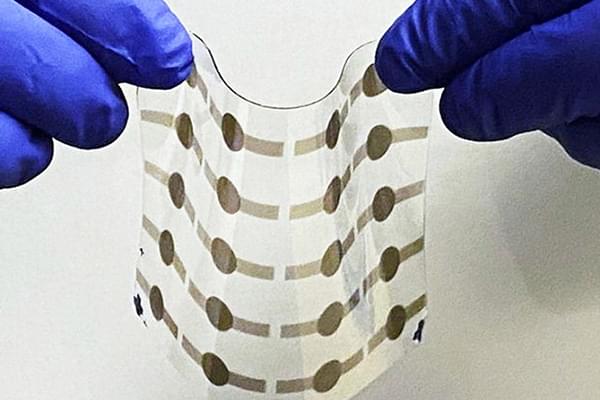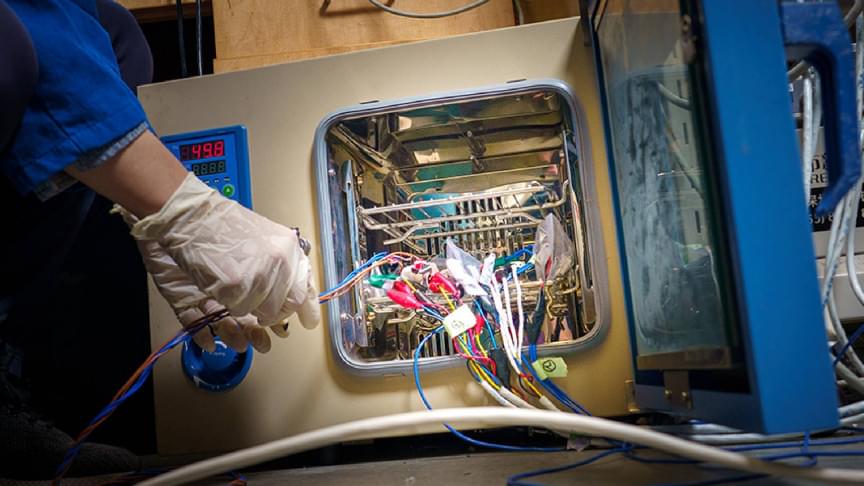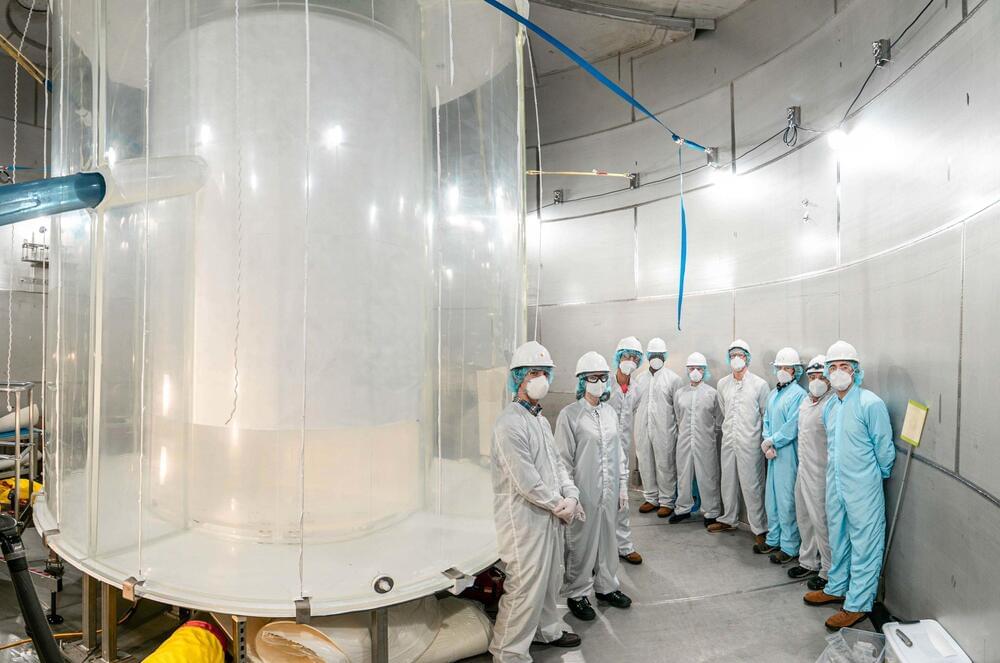Get a free month of Curiosity Stream: https://curiositystream.com/isaacarthur.
To travel to the stars by Folding Space is a method of space travel seen in many science fiction classics like Dune, but could it be possible under known science?
Visit our Website: http://www.isaacarthur.net.
Support us on Patreon: https://www.patreon.com/IsaacArthur.
Facebook Group: https://www.facebook.com/groups/1583992725237264/
Reddit: https://www.reddit.com/r/IsaacArthur/
Twitter: https://twitter.com/Isaac_A_Arthur on Twitter and RT our future content.
SFIA Discord Server: https://discord.gg/53GAShE
Listen or Download the audio of this episode from Soundcloud: Episode’s Audio-only version: https://soundcloud.com/isaac-arthur-148927746/folding-space.
Episode’s Narration-only version: https://soundcloud.com/isaac-arthur-148927746/folding-space-narration-only.
Credits:
Folding Space.
Science & Futurism with Isaac Arthur.
Episode 316a, November 14, 2021
Written, Produced & Narrated by Isaac Arthur.
Editors:
A.T. Long.
Sig’unnr.
Cover Art:




